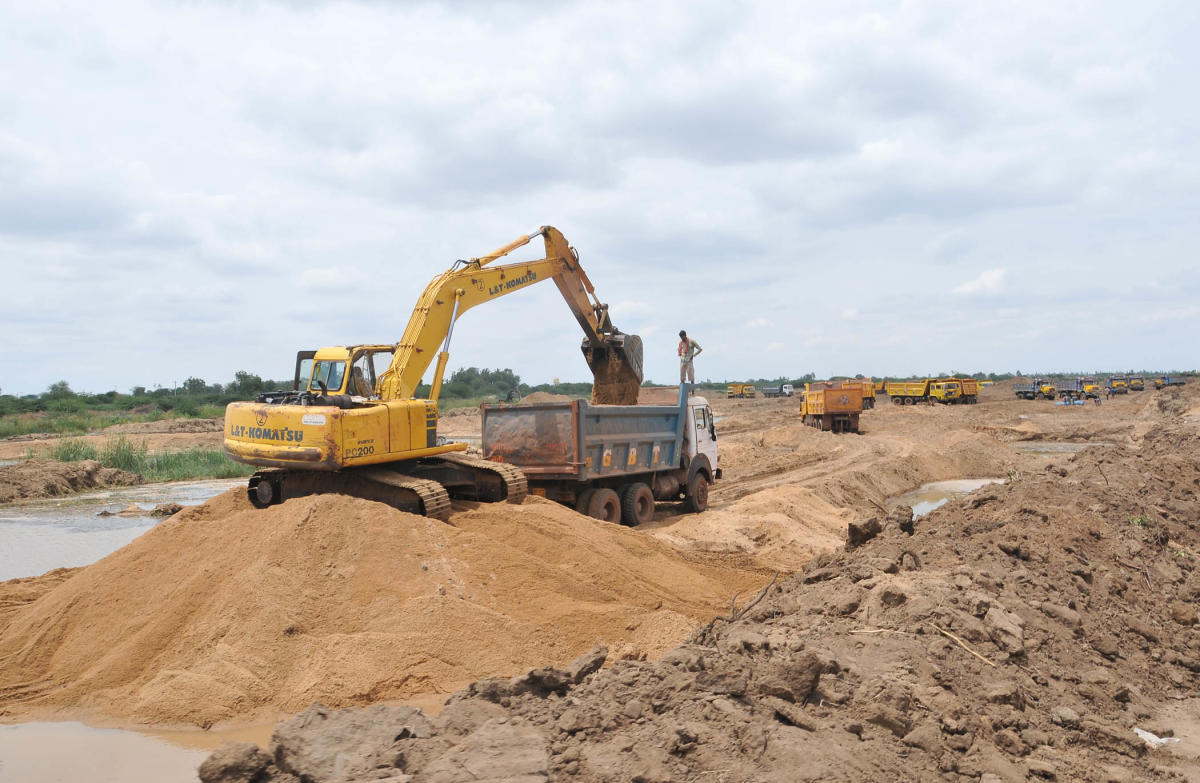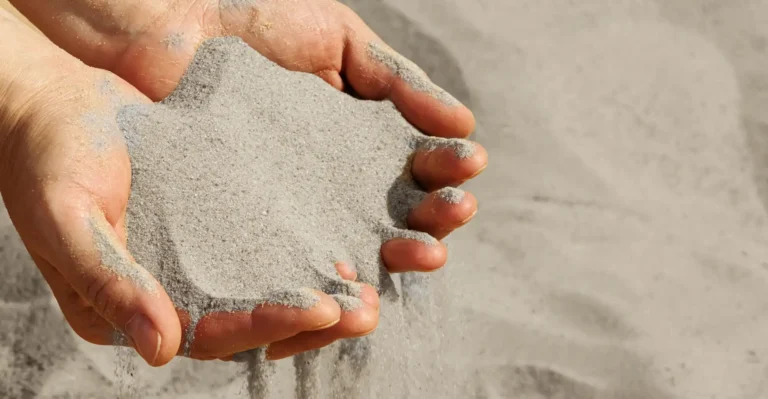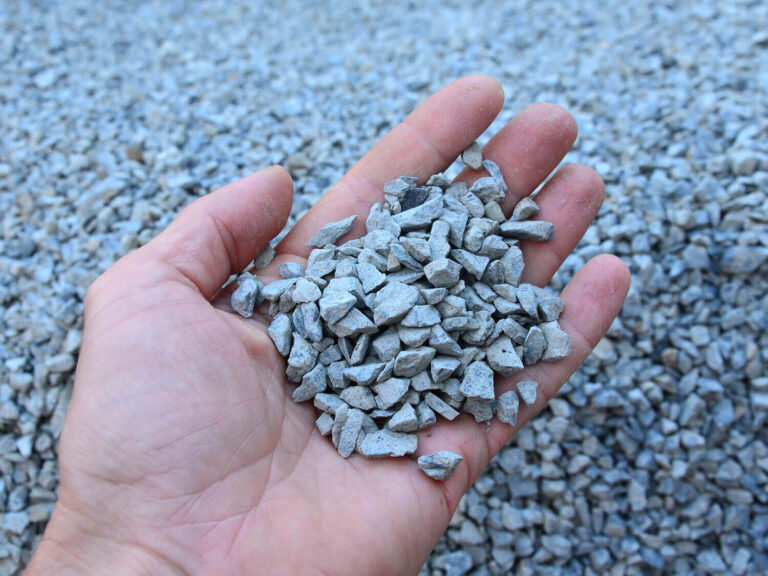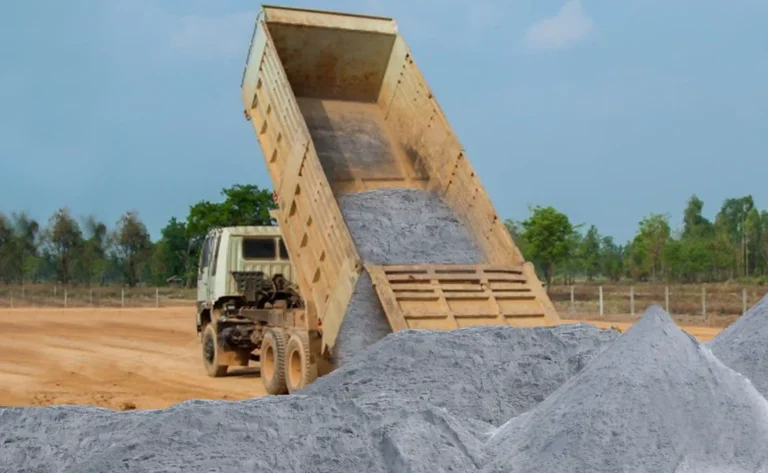What is the Difference Between Robo Sand and Plastering Sand?
When it comes to construction projects, choosing the right type of sand is crucial for achieving optimal results. Two commonly used types of sand in the construction industry are Robo sand and plastering sand. Understanding the difference between M Sand and plastering sand can significantly impact your construction quality, durability, and overall project success.
Understanding Robo Sand
Robo sand, also known as manufactured sand or M-sand, is an artificial sand produced by crushing hard granite rocks. This type of manufactured sand has gained immense popularity in recent years due to its consistent quality and environmental benefits. The Robo sand properties include excellent bonding strength, uniform particle size distribution, and absence of harmful chemicals like chlorides and sulfates.
The manufacturing process involves crushing granite stones through specialized machinery, resulting in angular particles that provide superior interlocking properties. This artificial sand is free from organic impurities, clay, and silt, making it an ideal choice for various construction applications.
What is Plastering Sand?
Plastering sand is specifically designed for plastering applications and surface finishing work. This fine-grained sand is carefully processed to achieve the right texture and consistency required for smooth wall finishes. Plastering sand uses extend beyond just wall plastering to include applications in rendering, pointing, and general masonry work.
The key characteristics of plastering sand include its fine particle size, good workability, and ability to create smooth finishes when mixed with cement and water. This sand type is essential for achieving professional-quality plastering results in both interior and exterior applications.
Robo Sand vs Plastering Sand: Key Differences
Particle Size and Texture
The primary difference lies in their particle size distribution. Robo sand typically has a coarser texture with angular particles, while plastering sand is finer and more uniform. This difference directly affects their applications and performance characteristics.
Strength and Durability
Robo sand for wall construction offers superior compressive strength due to its angular particles and excellent interlocking properties. The crushed granite particles create stronger bonds, resulting in more durable structures. Plastering sand, while not as strong, provides the smooth finish required for aesthetic applications.
Water Absorption
Robo sand generally has lower water absorption compared to natural river sand, which contributes to better concrete strength. Plastering sand is designed to have moderate water absorption to ensure proper hydration during the plastering process.
Cost Considerations
Robo sand is often more cost-effective than river sand, especially in areas where natural sand is scarce. Plastering sand, being a specialized product, may cost slightly more but provides specific benefits for finishing work.
Which Sand is Best for Plastering?
The question “Which sand is best for plastering?“ depends on specific project requirements. For rough plastering and base coats, Robo sand can be used effectively due to its strength properties. However, for finishing coats and smooth surfaces, dedicated plastering sand is the preferred choice.
Many professionals recommend using Robo sand for structural elements like foundations, columns, and beams, while reserving plastering sand for surface finishing work. This approach optimizes both strength and aesthetic quality.
Plastering Sand vs River Sand
When comparing plastering sand vs river sand, several factors come into play. River sand, being naturally occurring, has rounded particles that may not provide the same bonding strength as manufactured plastering sand. Additionally, river sand quality can vary depending on the source and may contain impurities like clay and organic matter.
Plastering sand, being manufactured under controlled conditions, offers consistent quality and performance. It’s specifically processed to meet plastering requirements, ensuring better workability and finish quality.
Applications and Uses
Plastering sand uses include:
- Interior and exterior wall plastering
- Rendering and pointing work
- Creating smooth surface finishes
- Repair and maintenance work
- Decorative plastering applications
Robo sand applications encompass:
- Concrete production
- Foundation work
- Structural elements
- Road construction
- Block manufacturing
Environmental Impact
Both Robo sand and plastering sand offer environmental advantages over river sand extraction. Manufacturing these sands reduces pressure on natural water bodies and helps preserve ecosystems. The controlled production process also ensures minimal environmental impact while meeting construction demands.
Quality Standards and Testing
Both sand types should meet relevant IS (Indian Standard) specifications for construction use. Regular testing for particle size distribution, chemical composition, and physical properties ensures consistent quality and performance.
Conclusion
Understanding the difference between M Sand and plastering sand is essential for making informed decisions in construction projects. While Robo sand excels in structural applications due to its strength properties, plastering sand is specifically designed for finishing work. The choice between these sands should be based on specific application requirements, quality standards, and project objectives.
For optimal results, consider using Robo sand for structural elements and plastering sand for finishing work. This approach ensures both structural integrity and aesthetic appeal in your construction projects.
About Aradhya Constructions
For all your construction sand requirements, including high-quality Robo sand and plastering sand, contact Aradhya Constructions. We specialize in providing premium construction materials that meet industry standards and project specifications.
Contact Details:
- Phone:+91 9008 777 742
- Email:aradhyaconstructions01@gmail.com
- Address: CS-NICE Road Bannerughatta Road, Gundappa Layout, Gottigere, Bengaluru, Karnataka 560083
- Website: https://aradhyasands.com/
Frequently Asked Questions (FAQs)
1. Can Robo sand be used for plastering work?
Yes, Robo sand can be used for plastering, especially for base coats and rough plastering. However, for finishing coats and smooth surfaces, dedicated plastering sand is recommended for better results.
2. What are the main advantages of using manufactured sand over river sand?
Manufactured sand offers consistent quality, better strength properties, absence of harmful chemicals, and environmental benefits. It also provides better availability and cost-effectiveness compared to river sand.
3. How do I determine the right type of sand for my construction project?
The choice depends on your specific application. Use Robo sand for structural work like foundations and columns, and plastering sand for finishing work and surface applications. Consult with construction professionals for project-specific recommendations.
4. Is plastering sand more expensive than regular construction sand?
Plastering sand may cost slightly more due to its specialized processing and quality requirements. However, the investment is justified by the superior finish quality and reduced rework requirements.
5. What quality tests should I conduct before purchasing construction sand?
Essential tests include particle size distribution, chemical composition analysis, moisture content, and physical properties testing. Ensure the sand meets relevant IS standards for construction use.







